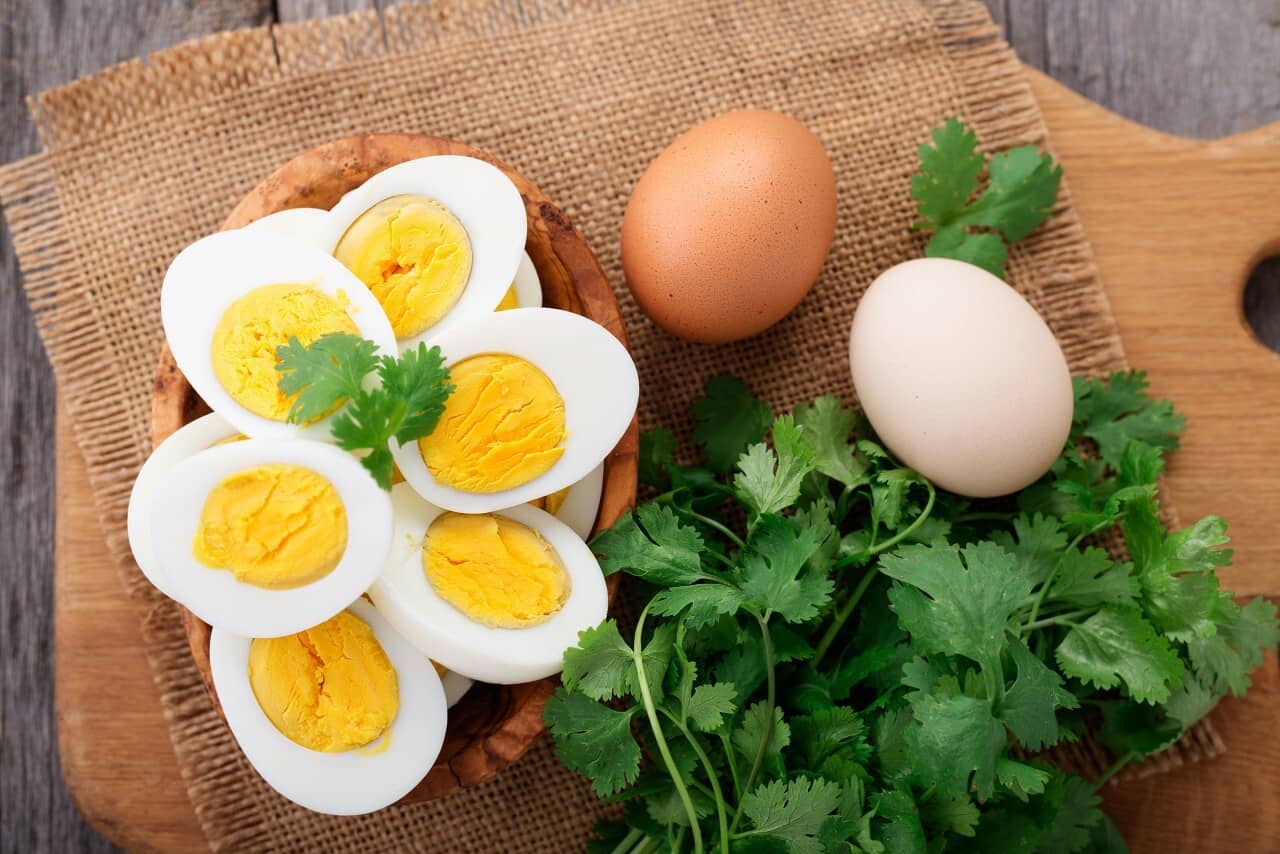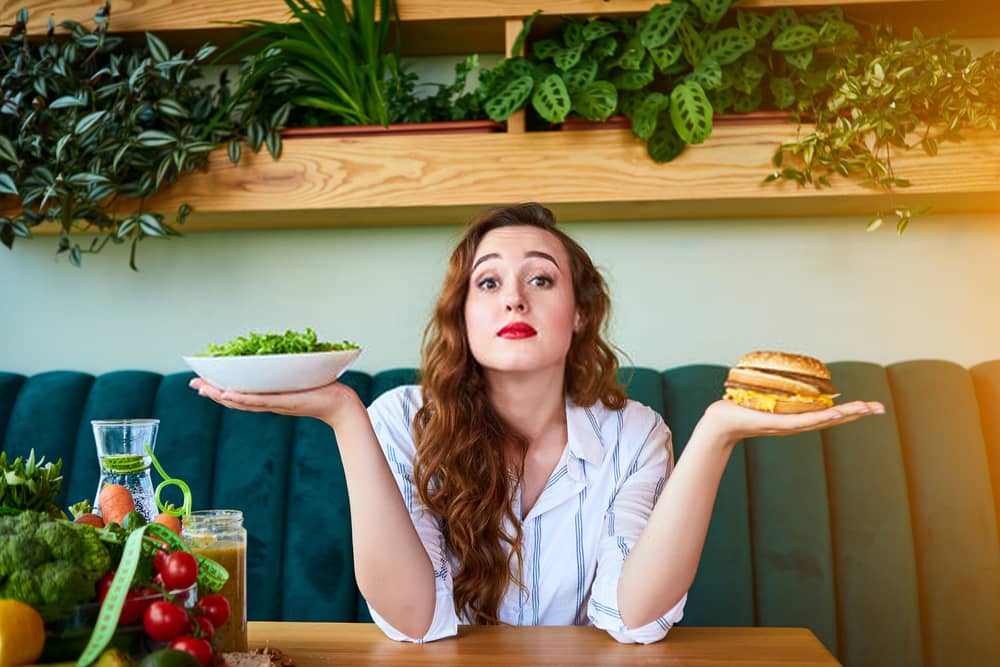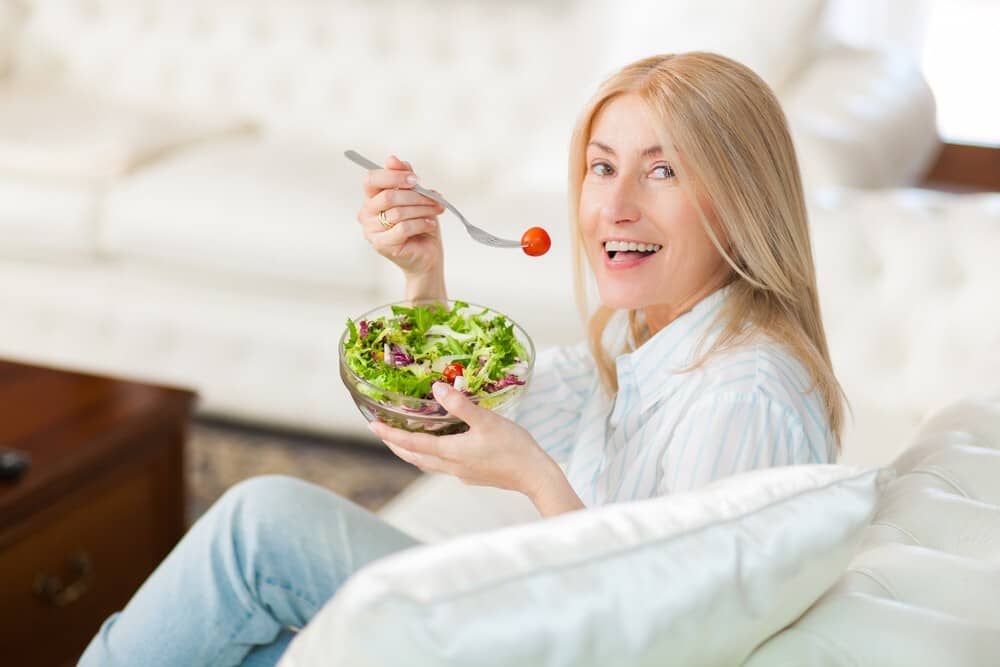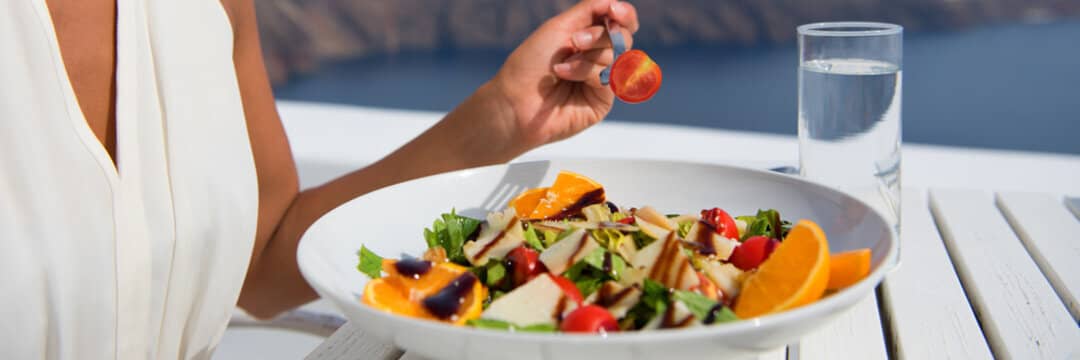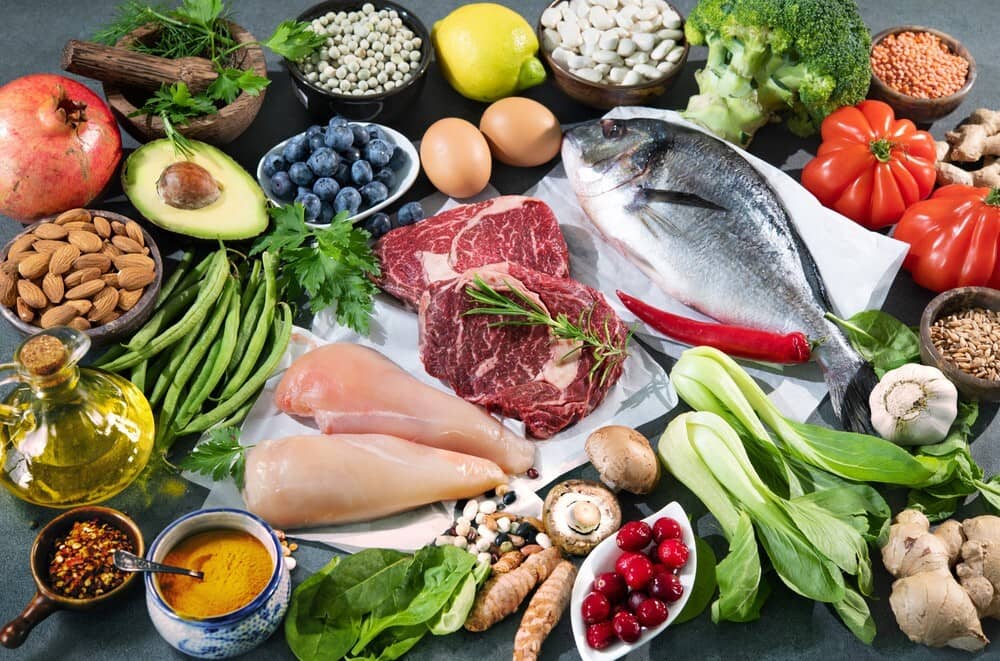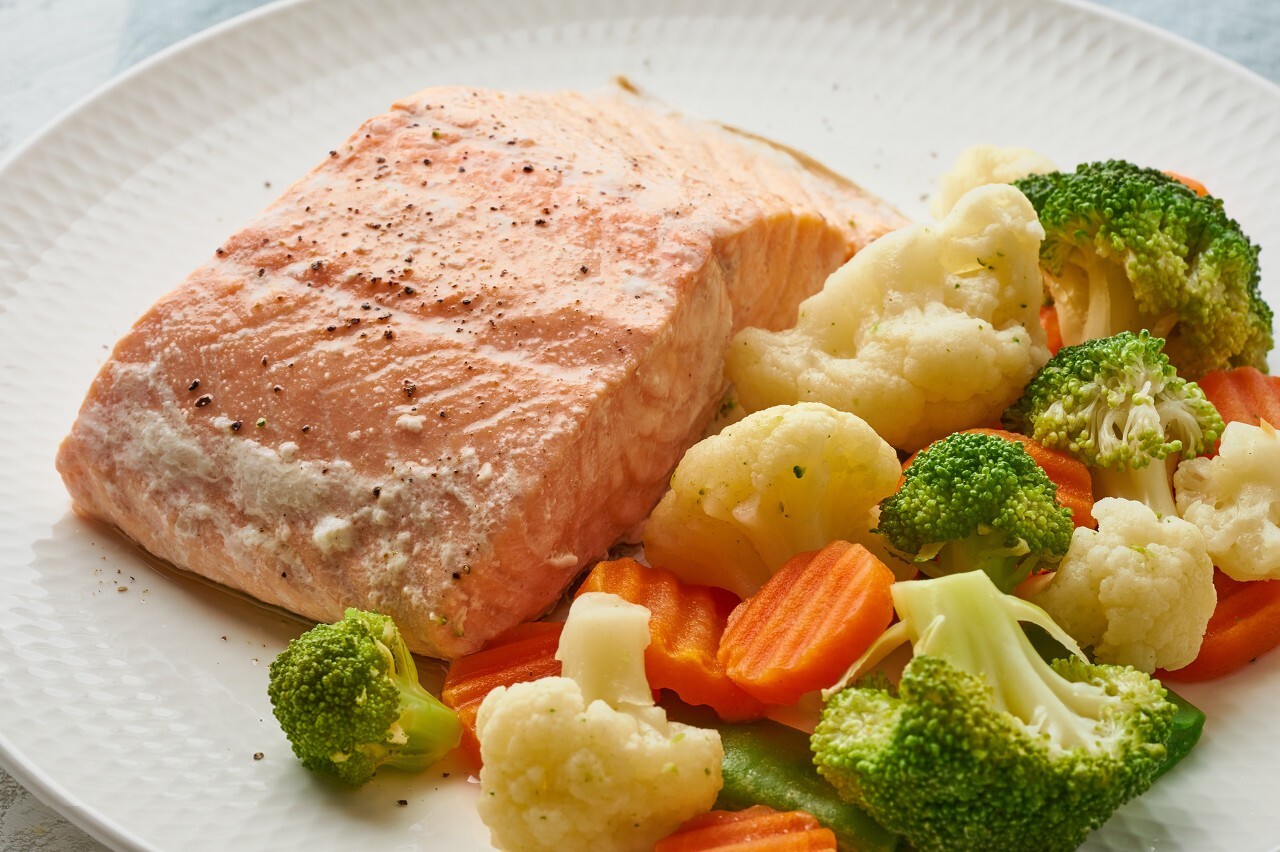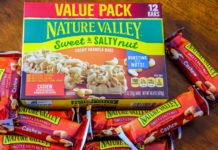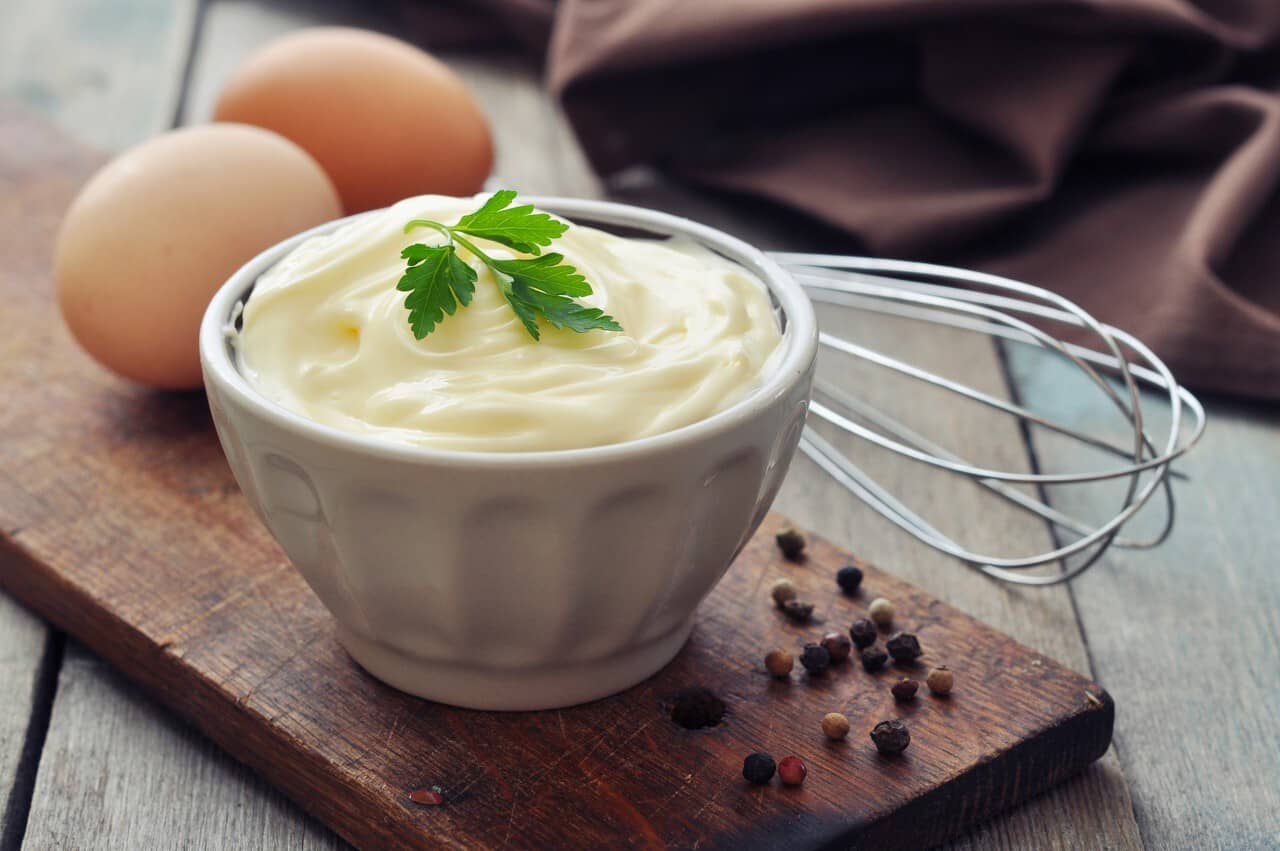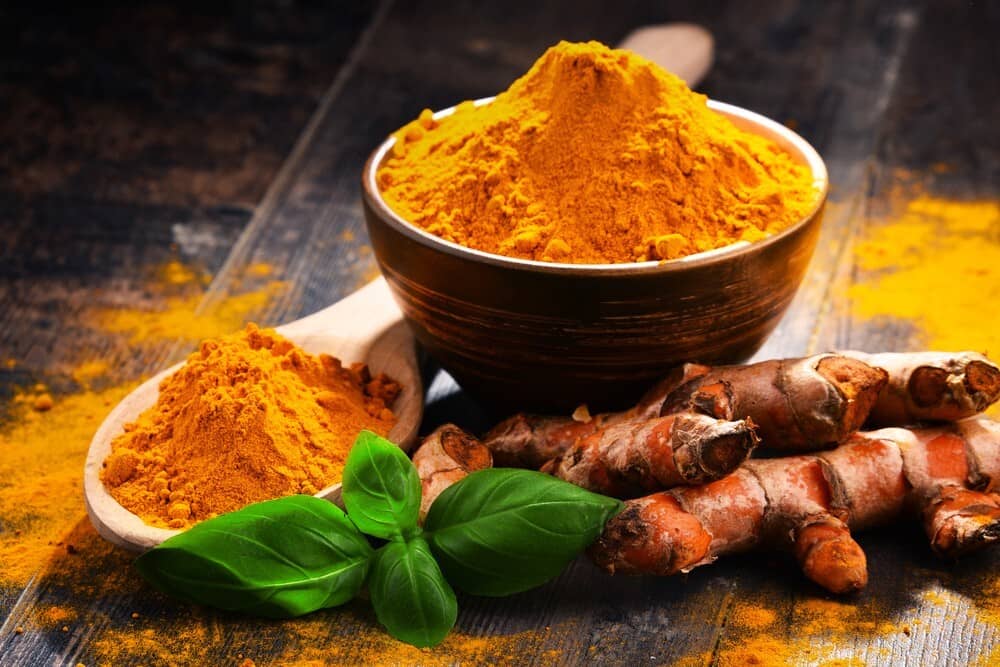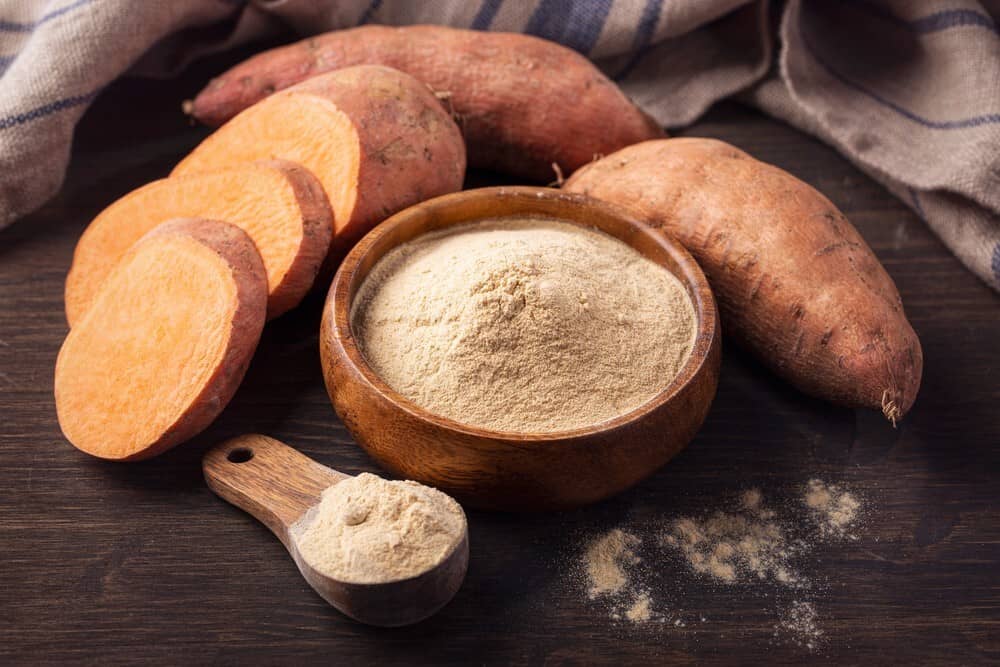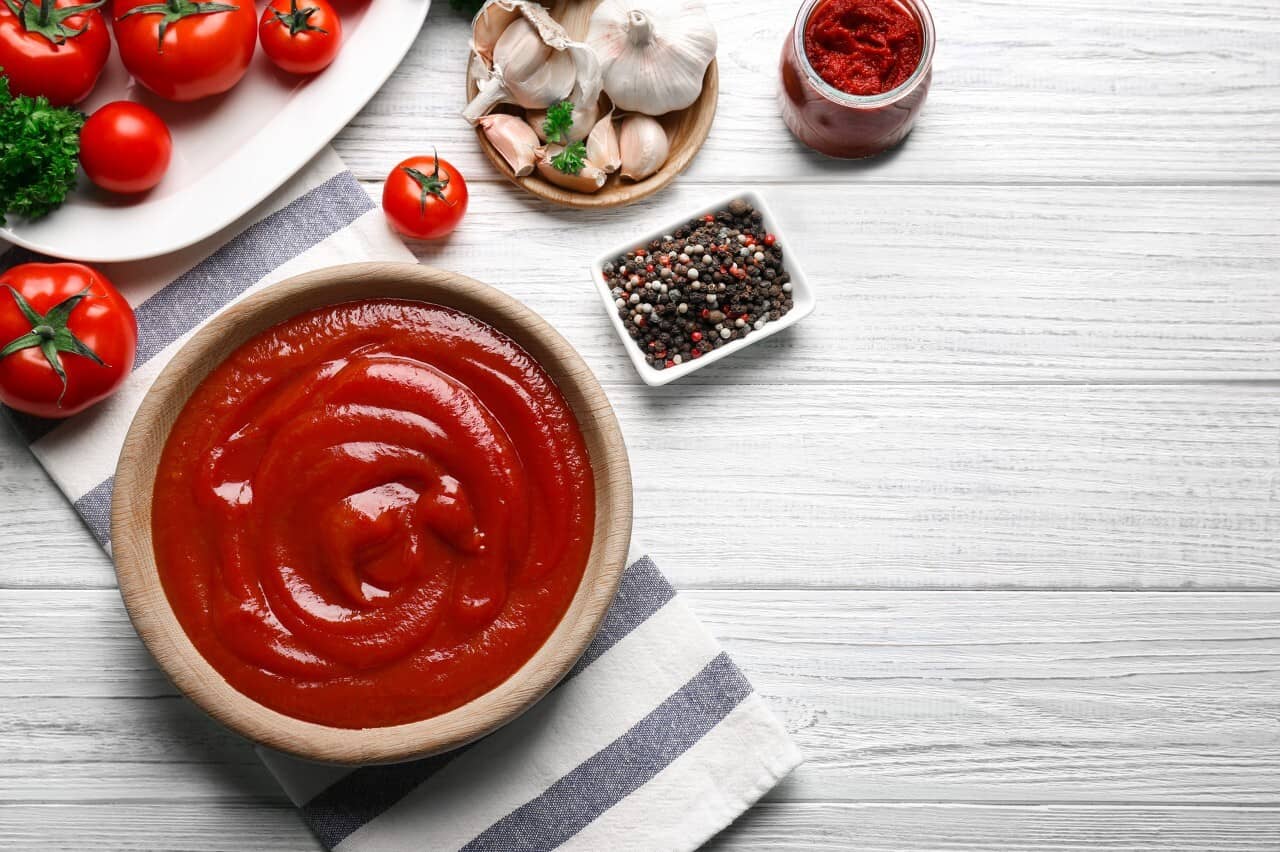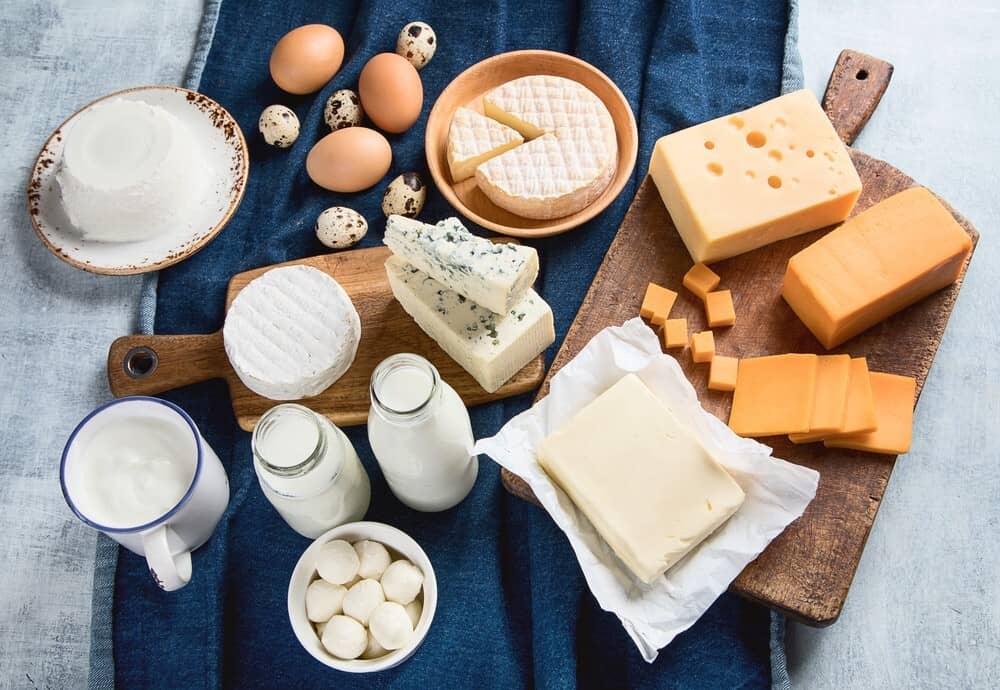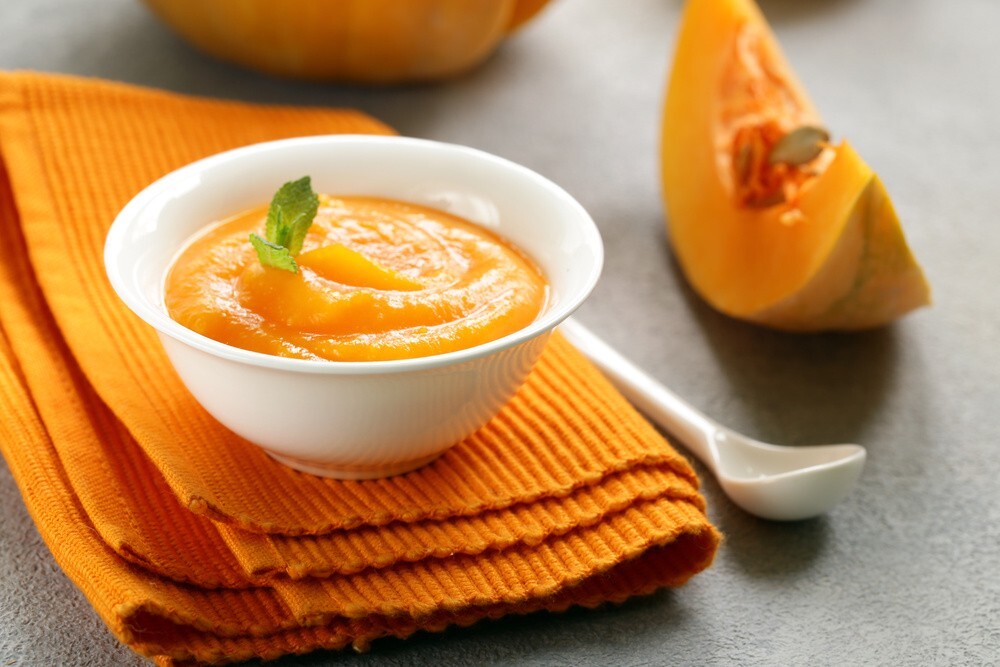The pureed diet is a common eating plan for people with swallowing difficulties, like those who have had strokes or other types of brain injuries. It’s also recommended for kids with developmental delays and elderly people that are no longer able to chew their food. However, pureeing your own foods can be an option if you’re looking to lose weight too! This blog post will discuss what the pureed diet is all about, why it’s important, how it should be applied and what equipment you need in order to make purees at home.
What is pureed diet?
The pureed diet is a texture-modified diet that alters the consistency of all foods into pudding. This modification can be helpful for people who are unable to chew or digest solid food because they may have an illness or injury, and it allows them to maintain their health by providing necessary nutrients.
A pureed diet is best for providing the right amount of nutrients and has fiber that helps with digestion. It’s safe to stay on it longer than a liquid diet, which makes this great if you’re recovering from surgery or another illness.
Who should eat pureed food?
Your loved one might benefit from a pureed diet due to experiencing dysphagia((https://www.uhn.ca/PatientsFamilies/Health_Information/Health_Topics/Documents/Pureed_Foods_for_people_with_Dysphagia.pdf)). This can happen after undergoing oral or dental surgery, an injury to the jaw or gums, digestive disorders like irritable bowel syndrome (IBS), gum disease, and bariatric surgery as well as dementia caused by neurological conditions such as Alzheimer’s Disease, Parkinson’s disease, and stroke.((Dietetic recommendations after bariatric procedures in the light of the new guidelines regarding metabolic and bariatric surgery – PubMed (nih.gov)))
Benefits of a pureed diet
A puréed diet is easier to digest because the chewed food has already been broken down. It can act as a bridge between your normal diet and an illness or surgery, helping prevent weight loss while you are recovering from it.
For those who cannot tolerate or manage eating solid foods, a feeding tube is sometimes used as a long-term solution.
After a surgery or injury to their mouths, proper nutrition is particularly important in recovery for those who can’t eat regular food. A pureed diet provides nutrients necessary during this time and should be considered in the healing process.
Poor nutrition can lead to delayed wound healing, infection risk, and compromised immunity ((Factors Affecting Wound Healing (nih.gov))). Texture-modified diets include puréed meals that are easy for patients with mouth surgery to eat after an operation.
What are the guidelines for pureed diet?
We all know that food purées are a great way to enjoy your favorite foods without chewing, but not everything can be turned into a smooth blend. Here are some considerations you need to keep in mind when it comes to cooking and eating with the help of an immersion blender or other gadgets designed for blending:
Pumpkin soup is always delicious at this time of year, as long as you make sure the pumpkin has been cooked properly before adding any spices or liquids! Puréeing vegetables like broccoli may result in something more nutritious than pasta sauce—but less tasty too. For best results try making them yourself instead of buying pre-made jars from grocery stores where there might be added sugars and preservatives which could affect flavor over time.
Soft Foods like pudding or yogurt are usually the suitable consistency for this diet, and they’re good choices because all you have to do is soften them up a bit.
You also need to know the answers to these questions:
For how long should I stick to a pureed diet?
You should stick with a pureed diet until your doctor says it’s okay to advance. There are various reasons why you might need to do this, including safety concerns like reduced risk of choking when eating solid foods.
When Should I eat my meals?
In many cases, it is fine to eat when you are hungry. However, if your puréed meals keep you full or have a hard time finishing at one sitting then five or six smaller snacks may be helpful throughout the day instead of just 3 larger ones for breakfast lunch, and dinner.
What is the food that can be pureed?
While most solid food can be pureed. each type requires a different style:
Vegetables
To make starchy veggies like carrots, sweet potatoes, and cucumbers more palatable, peel the skin off them as well as remove all seeds before blending.
Fruits
The easiest fruits to blend or process are apples, peaches, and pears because the skin comes right off. For citrus fruits like oranges or grapefruits, cut them open in half so you can remove seeds with a spoon before putting the rest into your blender.
Meats and fish
Foods like beef, chicken, and fish are rich in nutrients (proteins, vitamin B12, iron, and zinc)that support muscle mass and boost immune function. You can combine solid proteins with gravy or a sauce to turn them into an easily digestible soup form.
Legumes
Legumes such as peas, lentils, and beans are low in fat and contain no cholesterol. When cooked they make an excellent base for soups or other pureed dishes because vegetables easily break down when you cook them.
Herbs and spices
It’s okay to add them, however, Herbs and spices on a pureed diet can irritate sensitive taste buds. If you want to make the flavor milder, add mayonnaise or another thickening agent.
Dairy products
Help your loved one stay healthy by including dairy products like yogurt, cheese, and milk in their diet. While it may not be possible to lose weight when eating these foods full-time because of the added fat content; extra calories can provide a source of energy that keeps them feeling satisfied throughout the day without giving in to cravings.
What should I have to prepare tasty pureed food for adults?
Making pureed foods for adults is simple and hassle-free. To get started, you’ll need:
Kitchen items to help prepare foods
Blenders
Blenders are great for soups and shakes, but not always the best to use when you’re making just one portion. You can use a blender for all types of foods, including meats, vegetables, and fruits. The trick is adding liquid so that your food has the perfect texture without getting stuck in blades or overflowing after blending things down too much!
Hand-held Blender
This hand-held blender can help you quickly purée your favorite soups right in the pot. It is also useful for softening well-cooked foods, as it allows to make 1 or 2 servings at a time.
Magic Bullet® Blenders
The small, easy-to-store Magic Bullet® and Nutribullet® are the best blenders for making smoothies. The powerful Vitamix® or Ninja®, while great at blending vegetables into a soup, cannot purée fruits as well due to their size.
Mesh strainer
With an inexpensive household mesh strainer or sieve, you can strain fruits and vegetables but not meats. This method is slow; however, it doesn’t cost electricity.
Food processor
A food processor is a helpful kitchen tool that can shred, slice, chop or blend foods depending on how big it is. If you’re just preparing one portion of food at home then go for the small-sized ones.
Baby-food grinders
This can be found in stores that sell baby clothes or furniture. They are good for all foods and require no liquid, which makes them ideal to use on 1 portion of food. Baby-food grinders come in two types: hand-operated and battery-powered.”
When using a baby food grinder, food may not come out as smooth and creamy as some people expect. Asking your doctor or dietitian if it is right for you can help with making the decision of whether this product will work well in daily life and meet personal needs.
The steps of converting solid foods to pureed
- Preparing your food for a blender or food processor is easy. If you’re going to be using fruits and vegetables, chop them up into small pieces so it’s easier on the machine.
- For meat and dairy products, cut them into safe-sized chunks as well – cutting chicken breast in half before putting it through a grinder can help process more at one time without having too much waste from big leftover hunks that won’t fit!
- In order to have an even smoother result with no large leftovers stuck inside of the blades, prepare these foods accordingly
- Transfer the bite-sized chunks directly into a blender or food processor and breakdown them down into equally tiny pieces.
- To make sure the mixture has reached a desired thickness and consistency, add water or another type of liquid to ensure it’s not too thick. If you find that your pudding is still on the runnier side, incorporate a food or drink thickener into the mix until you reach perfection!
- If you’re lacking in time or cooking equipment to make pureed food at home, feel free to purchase it pre-prepared.
Things to think about before starting a pureed diet and selecting food
When selecting pureed foods for someone you care about, there are various crucial factors to consider. These include:
Nutrition
Usually, a pureed diet has lower nutrients than normal solid food. You’ve to make sure that the pureed diet contains the same amount of essential vitamins, minerals, and nutrients found in traditional whole foods. To achieve this goal, it’s important to incorporate all food groups including fruits & vegetables, protein (meat), starches (potatoes or bread), dairy products like cheese or milk as well as fat sources such as oil/butter on your plate every mealtime.
When switching your loved one to a pureed diet, keep an eye on their weight on a regular basis. If they start losing muscle or fat, add in protein or replace high-calorie substitutes. You might use cheddar instead of skim milk or mozzarella cheese in the above example.
Texture
Being mindful of texture and flavor preferences as well as any dietary restrictions or requirements such as being gluten-free or lactose intolerant. It is also a good idea to have some alternative options in case the first choice isn’t readily available at home.
If you find the texture of a puree unpalatable, transfer it to a food mold. If your mixture is too watery, add cornstarch or arrowroot as thickening agents until it’s pudding-like.
Preparation requirement
Preparing a pureed meal isn’t difficult, but it can take some time and energy. If you’re strapped for free time to care for others at home or if your loved one needs extra help feeding themselves, buying pre-pureed foods is highly recommended! Alternatively, make food prep less of an ordeal by setting aside about three hours each week specifically dedicated to cooking healthy meals ahead of time.
Sustainability
Puréed foods are commonly criticized for their texture differences. Some purées, such as those of meats and vegetables, may affect the taste perception that one has while eating them.
You can try different foods and serving methods to make it easier for you to sustain the diet:
- Food molds that resemble the shape of the food before it is puréed are intended to improve acceptance. However, according to research, most individuals prefer individual scoops of puréed foods rather than those served in molds. It depends on what works more suitable for you.
- You might want to consume puréed foods in the form of soups rather than solid meals. It’s simple to do—simply add extra stock to your blender!
- Consider herbs and seasonings. They are small additions to meals that make a huge difference in taste.
Practicality
If you’re eating at home, your pureed diet should be an easy one to follow. But if you decide to eat out for a meal or two, make sure that the restaurant has special options available like yogurt and applesauce or cream soups so that it’s easier on your digestive system. If you’ll only be away from home temporarily though, then these foods are manageable enough until next time.
Consider portable objects! Portable blenders are great for people who want to blend food on the go. They’re about as big as a sports bottle and make blending easy, even when you’re not at home or in your kitchen.
Flexibility
On a puréed diet, you are not limited in terms of what foods to eat. You can blend any food smoothly and it is considered fair game on the pureed diet. However, ready-prepared foods are also limited because they need to be blended as well for them to be consumed through an oral feeding tube or syringe that goes directly into your stomach if needed.
Planning ahead is the best tip for making pureed diets easier and more flexible. Cooking, prepping food in bulk at home before you start your diet will help make it infinitely less frustrating to eat one flavorless meal after another!
It is easy to prepare and store ingredients for quick and healthy smoothies. Preparing a few batches of fruits, vegetables, meats, and grains in freezer containers allows you to thaw them out quickly before blending them into your favorite smoothie recipes. You can also bag the different types of fruit together so all you’ll need to do is blend them up with milk or yogurt when ready!
How much does it cost?
The only additional cost associated with a pureed diet is purchasing or borrowing a good blender if you don’t already have one. You might prefer to purchase/borrow an electric full-size blender because it can be difficult for small blenders to blend meats and larger portions of foods seamlessly.
High-speed blenders are a great investment if you have the budget. They do just about everything for you, including heating your food! I would compare different brands using their unique features and choose whichever one is best suited to your lifestyle.
How to plan my meals?
Planning your meals ahead of time can be difficult for some people. However, it is possible to plan out the whole week’s worth of food in just a few hours if you know what questions to ask yourself beforehand:
1) The place of eating?
2) if the restaurant has special orders included?
3) Are there microwaves, blenders, or food processors?
4) Are there any way to keep food safe there?
Pureed diet Meal Plan Menu
Breakfast
- Puréed cooked egg
- Fruit juice without pulp
- Milk
- Puréed banana or other fruit
- Cooked cereal with milk
- Coffee or tea
Mid-morning snack
- Vanilla or flavored softened yogurt
Lunch
- green beans
- chicken salad
- Any puréed or strained soup
- fruit (banana, apple)
- rice
- Tea with sugar
Dinner
- strained soup
- meat or fish
- Mashed potato
- vegetables with olive oil or butter
- Applesauce
You can add a mid-afternoon or an evening snack by adding a vanilla bud or yogurt. All the listed food in all meals should be pureed.
Eating Out Of Your home
If you are on a special diet, aim for restaurants that offer many options. These places will likely be more willing to accommodate your dietary needs by puréeing or preparing foods in general ways so they can still taste good and help with swallowing difficulties. It’s best if you call ahead of time before arriving at the restaurant because this way it gives them enough notices to prepare specific dishes just for people like yourself who have certain conditions/diseases/disabilities etcetera… Always order some extra broth, gravy, milk (or whatever else is safe) when eating out as these items often come served separately from meals and can moisten your food.
Check out these ideas for things you can order when you’re hanging out:
Breakfast
- Hot cereal
- Cold cereal softened in milk
- To soften soft pieces of bread, such as muffins and pancakes, they are soaked in liquid to make them more suitable.
Lunch and dinner
- Fruit and vegetable juices
- Soups, which may be simply blended or filtered in the restaurant, include egg drop soup, which is a rich source of protein.
Desserts
- Ice cream or frozen yogurt
- Puddings and custards
- Fruit sorbets
- Applesauce or other soft fruits
Frequently asked questions about Pureed diet
Are scrambled eggs allowed on a pureed diet?
Yes! Dishes like baked or scrambled eggs liquidize effectively.
Is oatmeal allowed on a pureed diet?
Creamy or steel-cut oats, porridge, baby oatmeal, farina, and other cooked hot cereals are all acceptable.
What is the Level 4 pureed diet?
Level 4 is a diet composed of puréed foods and extremely thick drinks.
The Bottom Line
If you or someone close to you is looking for pureed diet options, this article can help. The pureed diet has a number of benefits and the recipes we’ve included are delicious! We hope that our blog post will provide an introduction to pureed diets as well as offer some helpful tips on how best to take advantage of them. If your appetite isn’t what it used to be, if swallowing food is difficult, or if you’re dealing with other chronic illnesses like Parkinson’s disease (or want information about healthy eating in general) then hopefully these purees will make life easier. And don’t forget: always call ahead before going into any restaurants so they know your dietary restrictions beforehand! and always check with your doctor.
